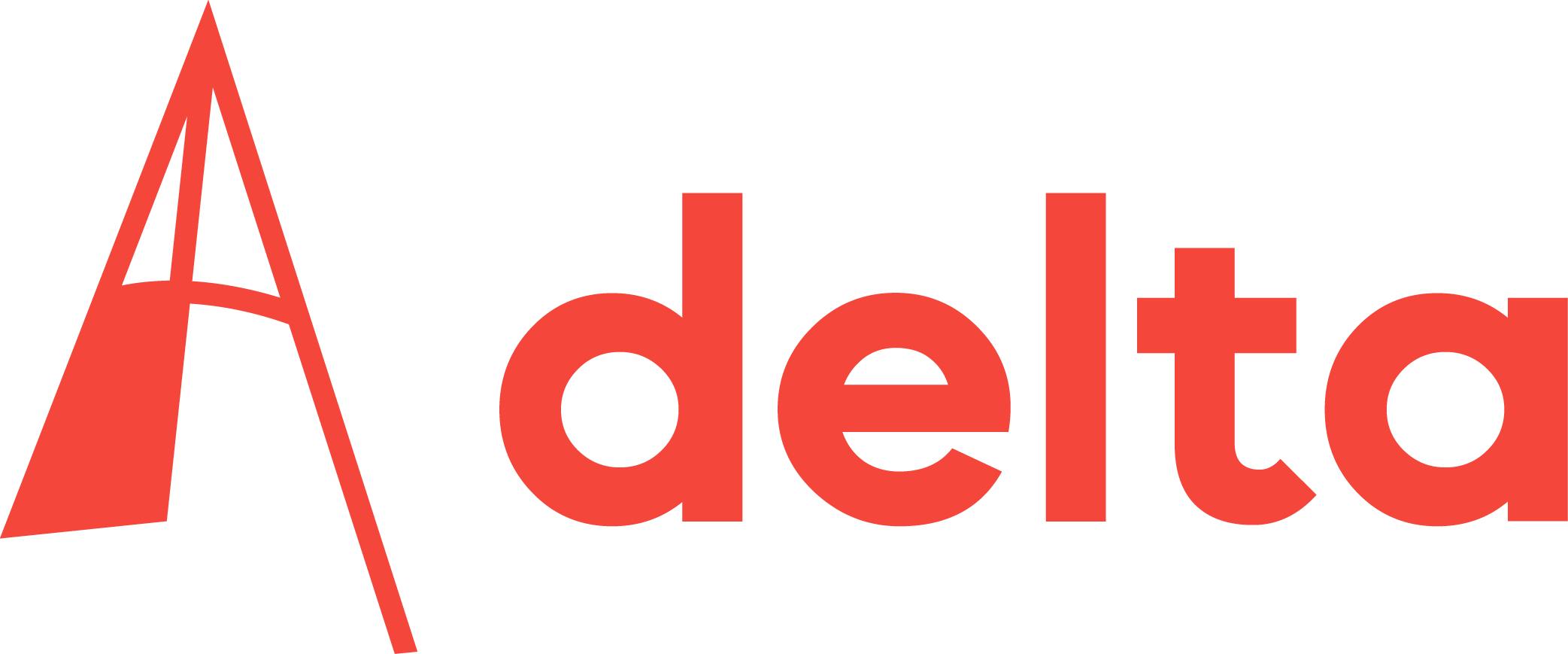Fluctuations in renewable energy surplus could become a problem in the future. Researchers and industry are looking for ways to stockpile surplus so we can use it when demand peaks. Maybe the battolyser could be a solution.
Nuons Magnum power plant where the battolyser will be installed. (Photo: Nuon)
Battolyser, a joint venture by TU Delft and a company called Proton Ventures, has received a grant of almost half a million euros from Waddenfonds to construct a ‘battolyser’ adjacent to Nuon’s Magnum power plant in the Netherlands.
Like batteries, the battolyser efficiently stores and supplies electricity. It also uses electrolysis to split water into hydrogen and oxygen. The installation must be finalised in early 2019. In the future, Nuon hopes to store surplus wind and solar power in the longer term and to recycle them for electricity production.
Virtually indestructible and short-circuit proof
At the end of 2016, Professor Fokko Mulder’s research group at the Department of Materials for Energy Conversion and Storage presented a laboratory-scale battolyser. He was inspired by Edison’s 1901 iron and nickel battery. Ni-Fe batteries were in production until 1975 and had the reputation of being virtually indestructible and short-circuit proof. One of the disadvantages of this battery however, was that it produced hydrogen when fully charged.
“The fact that Ni-Fe batteries also produced hydrogen gas while charging was always regarded as a drawback,” Mulder told Delta two years ago. “No-one has ever tried to combine power storage and hydrogen production to see whether it could be worthwhile.”
The battolyser uses the hydrogen production and improves the battery capacity. Fully charged, the battolyser functions as an electrolyser that produces hydrogen and water highly efficiently. The battery feeds the grid when there is a shortage of electricity.
The new project at Nuon’s Magnum power plant builds on Mulder’s work and is the first significant step to scaling up even larger systems. The hydrogen produced will be used to cool the generators. Eventually, Nuon aims to use the hydrogen as a CO2 free fuel for its gas plant. Hydrogen is also important in greening chemical processes and for the electrification of the production processes of chemical companies. The partners involved hope that the battolyser will be a solution to integrate intermittent renewable energy and the electrification of industry.
The first 15kW/60kWh battolyser will be installed in early 2019, after which it will be tested for various aspects such as heat generation, operation under pressure and the purity of the hydrogen gas. After the test phase, a follow-up plan will be drawn up to a subsequent upscaling to installations of 1 and 10 MW. These can be placed at industry partners or at locations where large volumes of electricity from offshore wind farms arrive onshore, for example at the Nuon power plants in Eemshaven and Velsen.



Comments are closed.